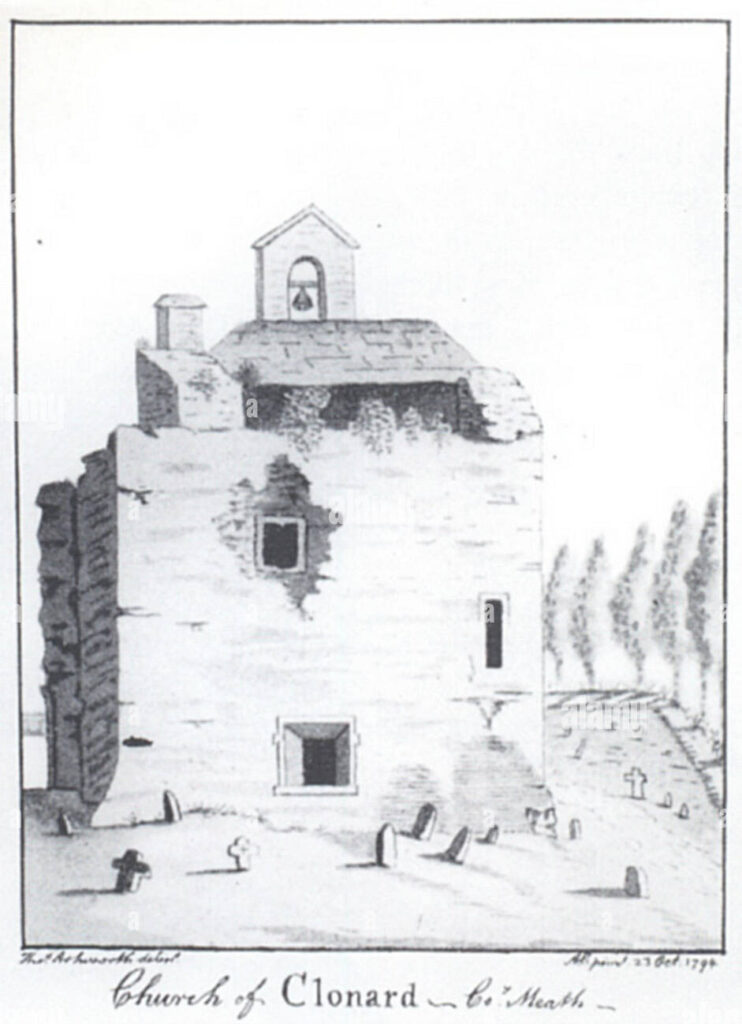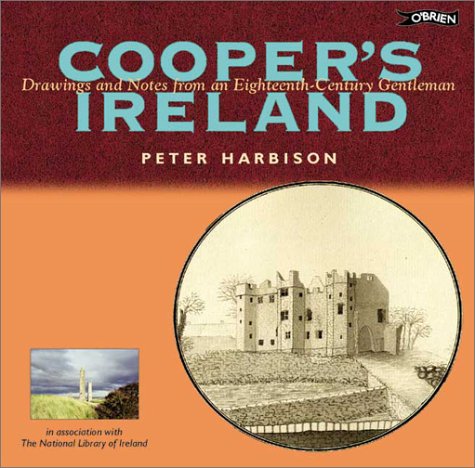One Man’s Contribution
Austin Cooper, historian, lived from 1759-1830. His family now refers to him as the Antiquary to distinguish him from the many Austins in the family line.
Cooper was a Fellow of the Royal Society of Antiquaries in London, but perhaps his greatest contribution to preserving history was his drawings. He traveled about Ireland on official business (collecting taxes) and sketched the ancient ruins and prehistoric sites he saw, thus preserving on paper some of what can no longer be seen. In other cases we get a glimpse into what a site looked like before the last two hundred years or so took its toll.
Austin Cooper was not alone in his desire to record history, thankfully. There were contemporaries who were also drawing ruins. Austin’s descendants have worked to print and preserve some of these drawings. The collection was kept in the family near Dublin until about 1960 when a family member toted it to England. The National Library of Ireland eventually acquired Cooper’s work and O’Brien Press published a book in 2000, Cooper’s Ireland, Drawings and Notes from an Eighteenth-Century Gentleman.
There are drawings by Cooper in the National Library that are not in this book, and the library also has some 18th century drawings by others as well.
You might not be surprised to learn that I have a copy of the above work. It’s good to see these ancient sites in person but also good to see through the eyes of the past as I envision my stories. Take for instance Clonard Monastery, featured in my book Enya’s Son. Here’s Cooper’s sketch.

It still looks somewhat maintained in the sketch above despite its long history of being destroyed over the centuries. Founded by Finian early in the 6th century, Clonard became a center of learning as it stood on the banks of the River Boyne. Finian was said to have been schooled by St. Brigid. One of his students was St. Columcille, thus the reference in Enya’s Son. This is where Columcille copied the manuscript that launched a war. If you are not familiar with that story, you can read about it in The Roots of Irish Wisdom. Finian’s actual cell and monastery no longer exist, but the site was built on and rebuilt numerous times throughout history. Today there is a closed 19th century Anglican Church on the site, so Cooper would not have seen what we see there today. Wikipedia says some foundations and earthworks are all that can be seen today of the 12th century abbey.
You can read more about Austin Cooper and see some of his sketches on this blog by a member of his family.

